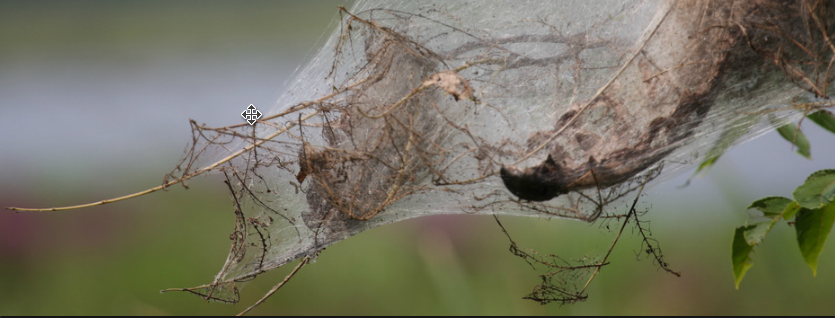
by The BugGuy | Oct 11, 2017 | Webworms
Pest Control OKC: When Webworms Take Over For many people, webworms are something they have seen plenty of times before. Fall webworms typically would spin their nests from April to September in Oklahoma, but the crazy weather could be a reason people would still see...

by The BugGuy | Jun 28, 2017 | Arthropods
Pest Control OKC: Identifying Traits Of Arthropods Although commonly mistaken as insects both millipedes and centipedes are classified as arthropods. These multi-legged critters are also often confused for one another when startled people see one of them crawling...




